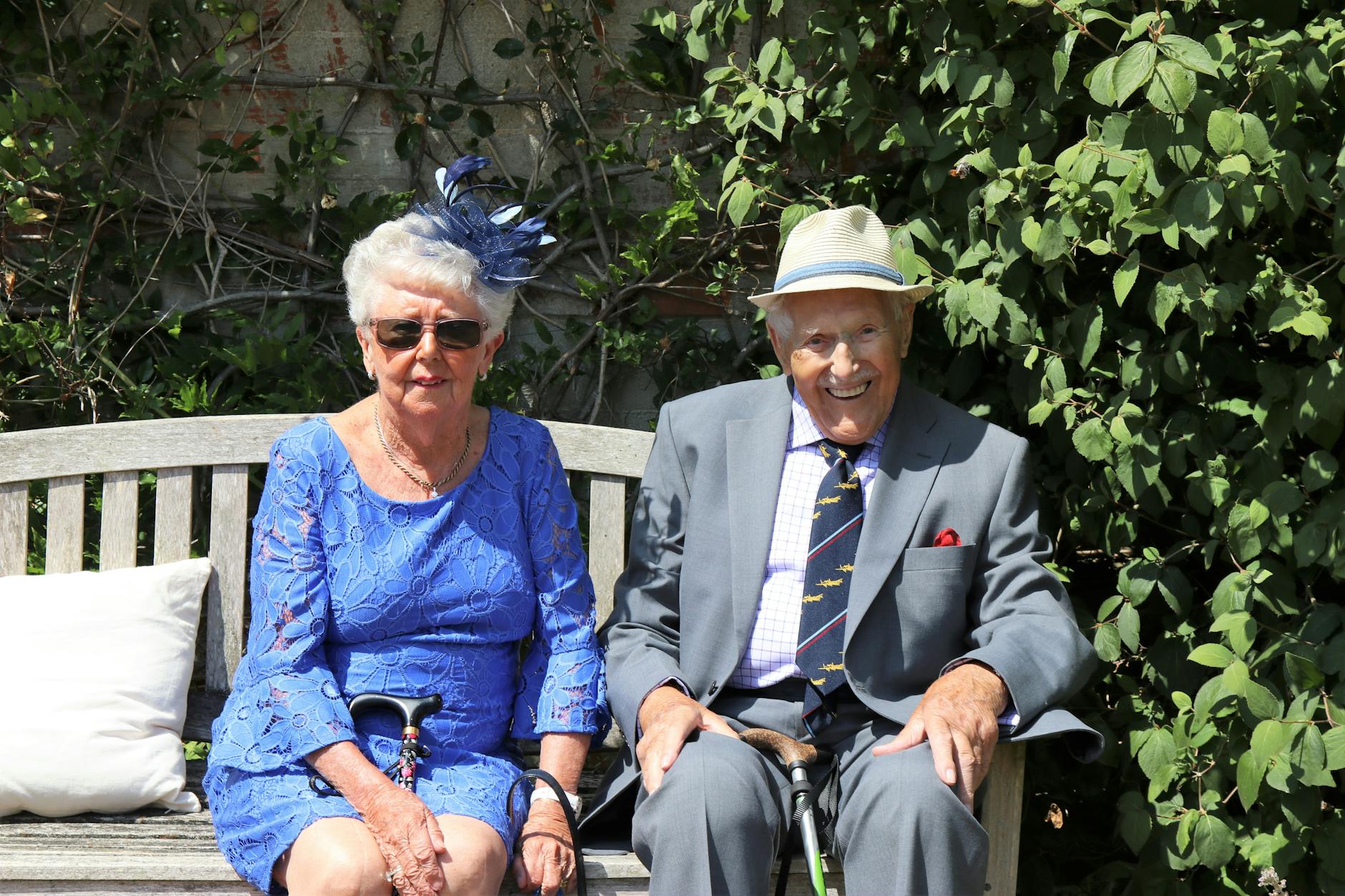Does exercise reduce the risk of Alzheimer’s?
Active work might diminish the danger of Alzheimer’s infection and all-cause dementia and slow age-related intellectual decrease.
Creature studies have shown that actual work might prompt intellectual advantages by lessening the initiation of microglial cells, the essential resistant cells in the mind.
Another review including more established grown-ups reports that decreasing microglial enactment might assist with supporting the defensive impacts of actual work on intellectual working.

A decrease in specific intellectual capacities, like memory and consideration, is commonplace with maturing. In any case, a few people might encounter dementia, which includes an extreme lessening in intellectual capacities that impede everyday working.
Studies show that people who practice consistently have a lower hazard of Alzheimer’s infection and all-cause dementia. Besides, active work can dial back the movement of intellectual decrease.
Researchers don’t completely comprehend the systems through which active work delivers these intellectual advantages in people.
A new report drove by analysts at the University of California San Francisco (UCSF) shows that decreasing irritation in the cerebrum might intercede the intellectual advantages of active work.
In particular, the scientists observed that actual exercise had a relationship with diminished initiation of microglia, the essential insusceptible cells in the cerebrum.
The review’s co-creator, Dr. Kaitlin Casaletto, an educator at UCSF, told Medical News Today, “Many investigations show that active work identifies with better cerebrum and intellectual wellbeing (e.g., gauges demonstrate that idleness alone records for 13% of Alzheimer’s sickness cases around the world). Our review is the main human information showing that microglial initiation (“mind irritation”) might be a significant component.”
Active work and microglia

The sensory system comprises two significant cell types: neurons and glial cells. Neurons are essentially engaged with communicating electrical and synthetic signs, while glial cells ensure and support neurons.
Creature studies recommend that the glial cells in the cerebrum might intercede the advantageous impacts of actual work on intellectual capacity. In particular, active work is known to adjust the movement of microglia, a sub-sort of glial cells.
Microglia are the mind’s safe cells and become enacted in light of a disease or neuron harm.
Actuation of microglia can help the insusceptible framework as it mounts an incendiary reaction against a disease. In any case, a strange expansion in the initiation of microglia can harm neurons.
Persistent second-rate irritation in the cerebrum is a quality of maturing and neurodegenerative problems like Alzheimer’s infection. In addition, concentrates on shows that these conditions include an unusual expansion in the quantity of actuated microglia in the cerebrum.
Researchers realize that actual exercise in creatures diminishes the initiation of microglia and other cerebrum markers of aggravation.
Microglia can likewise tweak the construction and capacity of neurotransmitters, which are particular contact destinations through which neurons speak with one another. Microglia assume a significant part in the arrangement and end of neural connections.
Besides, they can adjust the strength of these neurotransmitters, in this way affecting sign transmission between neurons.

StudiesTrusted Source in creatures shows that the intellectual advantages of active work have a relationship with enhancements in synaptic wellbeing or trustworthiness. Besides, these investigations propose that microglia might intercede the impacts of active work on synaptic trustworthiness and intellectual capacity.
The current review explored the connection between actual work and microglial actuation in more seasoned grown-ups. Given the relationship between actual work and upgrades in intellectual capacity and synaptic wellbeing, the review assessed the degree to which changes in microglial action might uphold these impacts of active work.
The investigation discovered that, as in creatures, actual work had a relationship with decreased microglial initiation in more established grown-ups. In addition, the review’s outcomes recommend that diminished microglial actuation could be one of the cerebrum pathways through which active work shields people from intellectual decrease, particularly in Alzheimer’s infection.
Estimating active work

The current review comprised 167 expired people who tried out the Rush Memory and Aging Project The Rush MAP is a longitudinal report that expects to distinguish hazard factors related to the advancement of Alzheimer’s sickness.
The Rush MAP incorporates more seasoned grown-ups without dementia at enlistment and implies yearly appraisals for dementia hazard factors. The members in the undertaking had consented to give their cerebrums and different organs for after-death investigation.
The specialists evaluated day-by-day actual work utilizing a wearable sensor called actigraph. Actigraphy gives a genuine proportion of active work by consistently following times of engine movement and rest over several days.
In the momentum study, the analysts led actigraphy evaluations ceaselessly for as long as 10 days. They likewise directed yearly tests to survey intellectual capacity and the capacity of the members to perform different engine errands.
After the members’ passing, the analysts broke down the cerebrum tissue to decide the quantity of actuated microglia in four mind areas.
Actual work and microglial actuation

The scientists observed that higher active work levels estimated utilizing actigraphy had a relationship with a lower extent of initiated microglia when they considered every one of the four cerebrum locales together.
Factors, for example, restricted engine work and intellectual disability might limit the capacity of the members to participate in actual work.
Thusly, the scientists changed their investigation for age, sex, engine, and intellectual capacity. They observed that the relationship between the extent of actuated microglia and active work was free of these factors.
The specialists then, at that point, inspected this relationship in individual mind locales. They observed that the relationship between higher actual work levels and diminished microglial initiation arrived at factual importance just in two mind areas — the ventromedial caudate and the sub-par fleeting gyrus.
Moreover, the connection between active work and decreased microglial initiation was more grounded in people with more elevated levels of mind pathologies in these two cerebrum districts.
The mind pathologies found in the ventromedial caudate and substandard worldly gyrus comprised of microinfarcts and Alzheimer’s illness-related pathologies, individually.

All in all, people with more significant levels of mind pathologies who consistently occupied with actual work showed lower microglial actuation than their partners with comparable cerebrum pathology levels yet lower active work levels.
This information proposes that the impacts of active work on microglial actuation were explicit to specific mind districts. These outcomes are reliable with information showing that microinfarcts and cerebrum pathologies related to Alzheimer’s sickness will generally be more normal in the two mind districts.





GIPHY App Key not set. Please check settings